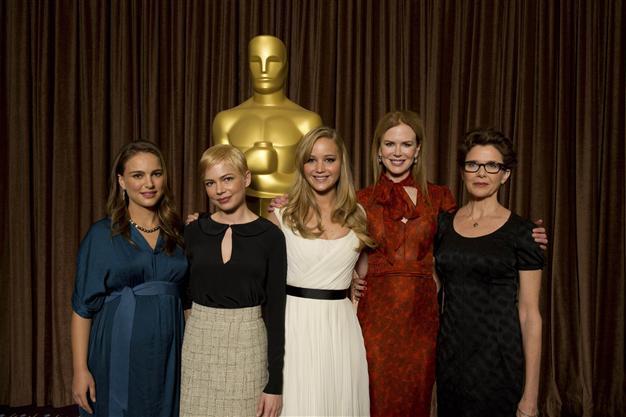Study finds women few, far between in Hollywood films
LOS ANGELES - Agence France-Presse

Less than a third of the characters in top-grossing Hollywood films are female, and women directors are much rarer still, according to a study that bemoaned Tinseltown's lack of diversity.
Researchers at the University of Southern California's Annenberg School for Communication and Journalism examined 700 hit films released between 2007 and 2014 to measure the extent of gender and ethnic diversity.
It concluded that Hollywood remains very much a white male domain and called for greater activism to make the silver screen a more accurate reflection of American society.
Of the more than 30,000 speaking characters who appeared on screen between 2007 and 2014, only 30.2 percent were female, the study said.
"Clearly, the norm in Hollywood is to exclude girls and women from the screen," the 29-page study said.
Last year, only 28.1 percent of characters were female, and three-quarters of them appeared to be under the age of 40.
When female characters did appear, they were more likely than their male counterparts to be shown as caregivers and "in a committed romantic relationship."
Moreover, only 28 women worked as directors on the 700 top films from 2007 to 2014, the study said. Only three of those female directors were black and one was Asian. Of the top 100 films of 2014, two were directed by women.
Looking at race and ethnicity, the study found that 5.8 percent of directors between 2007 and 2014 were black or African-American and 2.4 percent were Asian.
Seventeen of the 100 top films in 2014 had no black speaking characters and more than 40 had no Asian characters.
"After seven years and 700 films, it is clear that activism and advocacy are still required. Reframing the requests made to writers and decision-makers may be one way forward," the study said.
The study -- posted at www.annenberg.usc.edu -- included the top 100 films of each year from 2007 through 2014, except 2011 because "another researcher examined that year," Katherine Pieper, one of its authors, told AFP by email.
 Less than a third of the characters in top-grossing Hollywood films are female, and women directors are much rarer still, according to a study that bemoaned Tinseltown's lack of diversity.
Less than a third of the characters in top-grossing Hollywood films are female, and women directors are much rarer still, according to a study that bemoaned Tinseltown's lack of diversity.